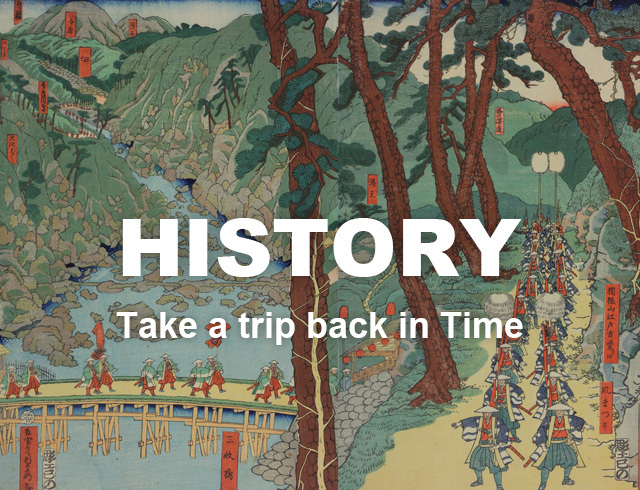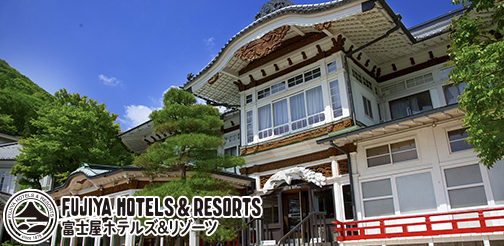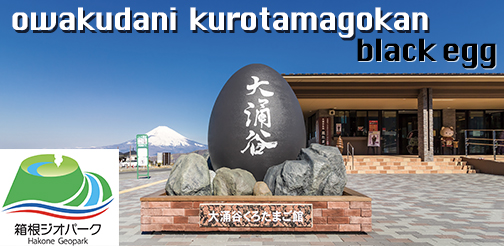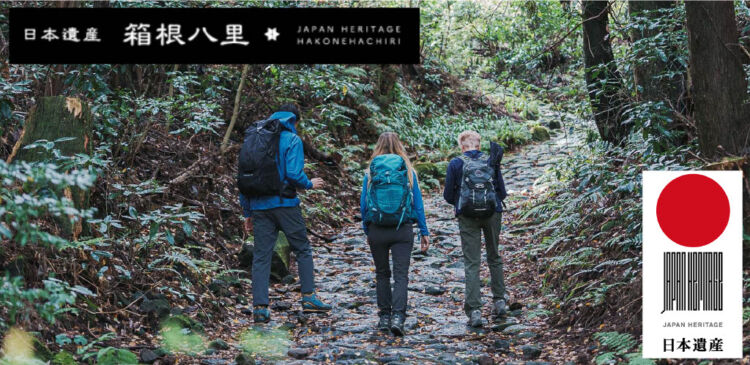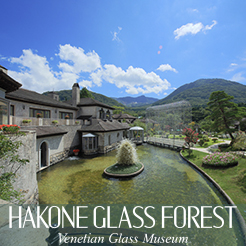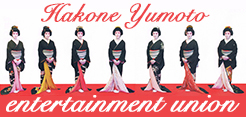In the Edo period (1603–1867), the ruling Tokugawa shogunate established a policy by which the daimyo lords of all the domains under its control had to reside in Edo (present-day Tokyo) in alternate years. The lords were thus obliged to travel regularly between Edo and their home provinces. The daimyo’s wife and children were required to stay in the capital, serving as hostages to secure loyalty. The purpose of this policy was to make sure the daimyo would not garner the resources or distance that might lead to revolt against the shogunate. When the lords journeyed between Edo and their respective provinces, they had to be accompanied by a suitable number of samurai, and were also joined by various other attendants. Daimyo processions (daimyo gyoretsu) were often impressively fitted out, as the ruler of each domain sought to show off his prestige and wealth by dressing his retainers in luxurious clothing and having them carry other symbols of abundance.
You can get a glimpse of the splendor of such processions in Hakone-Yumoto on November 3, when about 170 men and women dress up in period garb for the annual Hakone Daimyo Gyoretsu and march along a stretch of the old Tokaido highway. Now an established part of the autumn scene in the area, this event was first organized in 1935 and is intended to imitate the Edo period processions of the Odawara domain, of which Hakone was part. Although its historical authenticity can be questioned, the Daimyo Gyoretsu does make for a vivid reminder of historic pageantry that continues to capture the imagination.
This English-language text was created by the Japan Tourism Agency.

